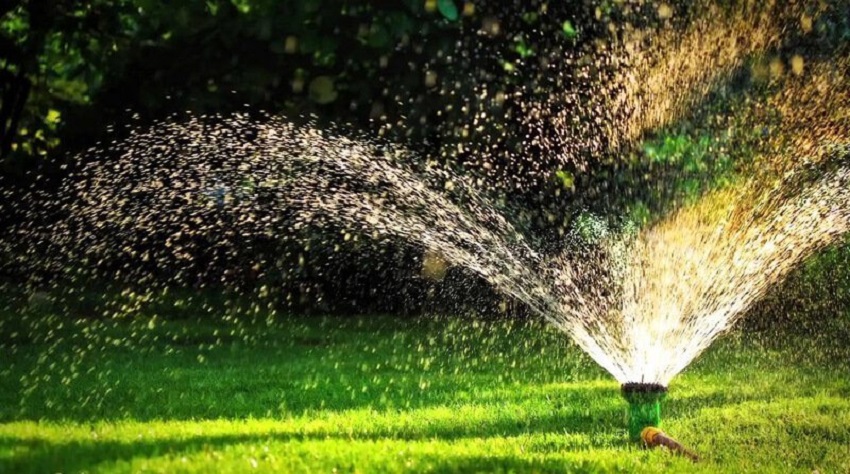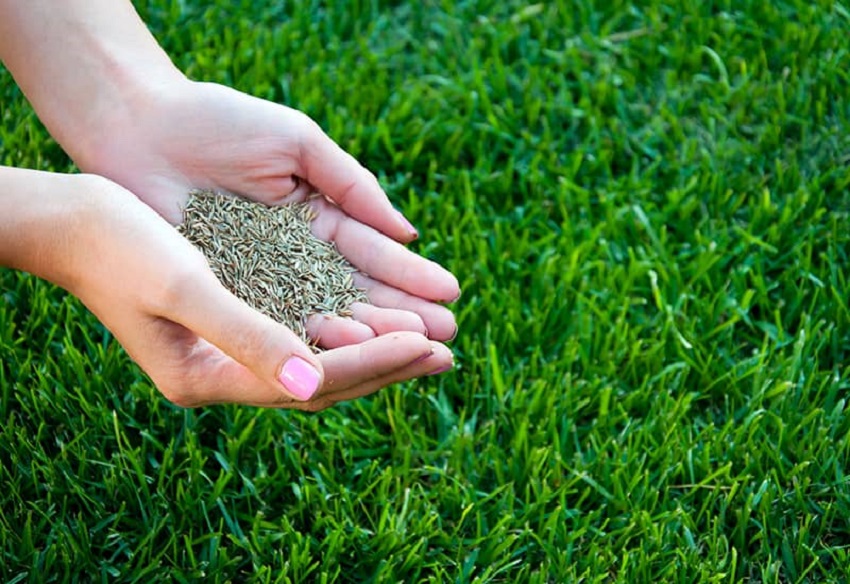Are you dreaming of a lush, green lawn that enhances the beauty of your home? Planting grass seed is a cost-effective and rewarding way to achieve that. Whether you’re starting from scratch or looking to fill in bare patches, this guide will provide you with step-by-step instructions on how to plant grass seed successfully. From site preparation to proper watering techniques, we’ll cover everything you need to know to ensure your grass seed thrives and transforms your yard into a stunning oasis. The content has collaborated with https://aliceswonderlandnursery.com/
Selecting the Right Grass Seed
Choosing the right grass seed is crucial for the success of your lawn. Factors such as climate, soil type, shade, and foot traffic should be considered. Various types of grasses are available, including cool-season grasses like Kentucky bluegrass and fescue, and warm-season grasses like Bermuda grass and zoysia. Research the characteristics of each grass type to determine which one is best suited for your region and lawn requirements. Dive deeper into the large indoor plants and trees.
Soil Preparation
Proper soil preparation sets the foundation for healthy grass growth. Follow these steps to prepare your soil before planting the grass seed:
1. Clear the Area
Remove any rocks, debris, and existing vegetation from the area where you plan to plant the grass seed. Clearing the area ensures that the grass seed has direct contact with the soil.
2. Test the Soil
Conduct a soil test to determine its pH level and nutrient content. Adjust the pH level if necessary, as most grasses thrive in slightly acidic soil. Incorporating organic matter, such as compost, can improve the soil’s fertility and drainage.
3. Loosen the Soil
Use a garden tiller or a rake to loosen the top 2-3 inches of soil. Loosening the soil promotes root penetration and allows for better water and nutrient absorption.
Planting the Grass Seed
Now that your soil is prepared, it’s time to plant the grass seed. Follow these steps for successful seed establishment:
1. Calculate Seed Quantity
Measure the area where you’ll be planting the grass seed to determine the amount of seed required. Each grass type has different recommended seeding rates, so consult the seed packaging or your local horticulture expert for guidance.
2. Seed Distribution
Divide the calculated seed quantity in half. Broadcast the first half in a north-to-south direction and the second half in an east-to-west direction. This crisscross pattern ensures even seed distribution.
3. Seed-to-Soil Contact
Gently rake the seeded area to ensure good seed-to-soil contact. This step is crucial for seed germination and establishment.
4. Mulching
Apply a thin layer of straw or mulch to the seeded area. Mulch helps retain moisture, protects the seeds from birds, and provides a favorable environment for germination.
5. Watering
Proper watering is essential for seed germination. Keep the seeded area consistently moist by watering lightly multiple times a day. Avoid overwatering, as it can lead to shallow root development.
Maintenance and Care
After planting the grass seed, it’s important to provide proper maintenance and care to ensure successful establishment. Here are some key practices to follow:
1. Regular Watering
Continue watering the seeded area regularly to keep the soil consistently moist. As the grass seedlings begin to emerge, gradually reduce the frequency of watering while increasing the amount of water applied during each session.
2. Mowing
Wait until the grass reaches a height of 3-4 inches before the first mowing. Set your mower to a high cutting height to avoid stressing the new seedlings. Regular mowing encourages healthier growth and helps prevent weed competition.
3. Fertilization
Apply a slow-release, balanced fertilizer after the new grass has been mowed a few times. Follow the manufacturer’s instructions for proper application rates and timing. Fertilization provides the necessary nutrients for the grass to develop deep, strong roots.
4. Weed Control
Monitor the seeded area for weed growth and promptly remove any weeds that appear. Be cautious when using herbicides, as they can harm the young grass seedlings. Spot-treat weeds as necessary, using herbicides specifically labeled for use on newly established lawns.
Conclusion
Planting grass seed is an excellent way to create a beautiful and vibrant lawn. By following the steps outlined in this guide, you can ensure the successful establishment of your grass seed and enjoy the rewards of a lush, green lawn. Remember to choose the right grass seed for your region, prepare the soil adequately, and provide proper maintenance and care throughout the growth process. With patience and diligence, your lawn will become a captivating oasis that enhances the overall appeal of your home.
FAQs (Frequently Asked Questions)
- How long does it take for grass seed to germinate?
Grass seed germination time varies depending on the grass type and environmental conditions. Generally, it takes anywhere from 7 to 21 days for grass seed to germinate.
- Can I plant grass seed in the summer?
Planting grass seed in the summer can be challenging due to high temperatures and water evaporation. It’s best to plant grass seed in the spring or fall when conditions are more favorable for seed germination.
- Do I need to remove existing grass before planting new seed?
If the existing grass is thin or in poor condition, it’s recommended to remove it before planting new grass seed. However, if the grass is healthy, you can overseed it by applying new seed directly over the existing grass.
- How often should I water newly planted grass seed?
Newly planted grass seed requires consistent moisture. Water lightly multiple times a day to keep the seeded area moist. As the grass seedlings grow, reduce the frequency of watering while increasing the amount of water applied during each session.
- When can I start mowing my newly established lawn?
Wait until the new grass reaches a height of 3-4 inches before the first mowing. Set your mower to a high cutting height to avoid damaging the young seedlings and promote healthier growth.





